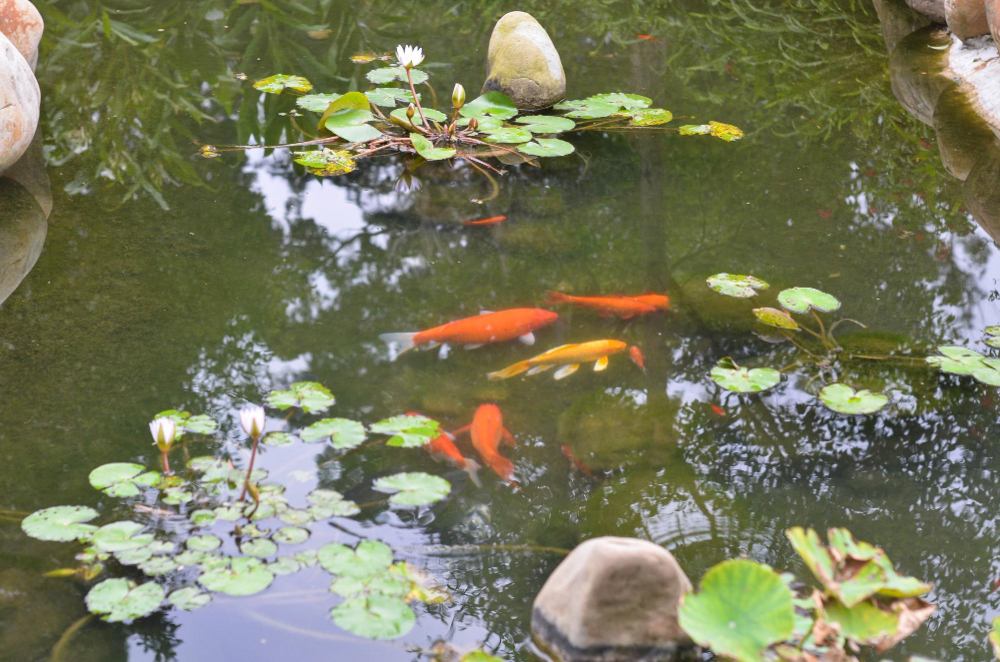
Droughts, a formidable force of nature, can wreak havoc on ecosystems and leave fishing ponds particularly vulnerable to adverse effects. While we may not control droughts, we can certainly implement strategic measures to fortify our fishing ponds and expedite the process of revitalization. In this article brought to you by Aquatic Restoration, we explore effective strategies to restore and rejuvenate fishing ponds after a drought.
If you prefer to leave the pond maintenance to a reputable company with over 35 years of industry experience, then call Aquatic Restoration to get started with a consultation. We have experience with everything from lake management to retention pond maintenance. Let’s talk!
Before diving into revitalization efforts, it is crucial to conduct a thorough assessment of the pond's condition. Assess the water quality, depth, and the overall health of the aquatic environment. This information will serve as a baseline to develop a comprehensive revitalization plan tailored to the specific needs of the pond.
Installing aeration systems is a fundamental step in revitalizing a fishing pond. Droughts often lead to reduced oxygen levels in the water, adversely affecting fish and other aquatic life. Aeration systems, such as diffused aeration or surface aerators, can enhance oxygen levels, promote nutrient circulation, and prevent the buildup of harmful gases.
After a drought, fish populations may decline due to low water levels and increased competition for resources. Restocking the pond with suitable fish species and resources is essential for re-establishing a balanced ecosystem. Additionally, regular fish health monitoring, disease prevention, and proper nutrition are vital aspects of sustaining a thriving fish population.

Drought conditions often result in the proliferation of undesirable vegetation, which can negatively impact water quality and fish habitat. Implementing effective vegetation management strategies, such as selective herbicide application or physical removal, can help restore the balance and improve the overall health of the fishing pond.
Addressing water quality issues is paramount to the success of revitalization efforts. Conduct regular water tests to identify and rectify imbalances in pH, nutrient levels, and pollutants. Further, introducing beneficial bacteria and water conditioners can aid in establishing a stable and conducive environment for aquatic life.
Enhancing the hydrological features of the fishing pond is crucial for mitigating the impact of future droughts. Implementing measures such as water retention structures, rainwater harvesting systems, and erosion control practices can contribute to maintaining a sustainable water supply and minimizing the impact of water scarcity.
A drought can disrupt the natural habitat of fish and other aquatic organisms. Implementing habitat restoration measures, such as installing artificial structures like fish shelters and submerged vegetation, provides refuge and breeding grounds for fish, all in all contributing to the overall resilience of the ecosystem.
Building a community of stakeholders who are knowledgeable and invested in the well-being of the fishing pond is integral to its long-term sustainability. Educate local communities about responsible fishing practices, water conservation, and the importance of preserving the ecosystem to create a collective effort in maintaining a healthy pond environment.
Stormwater ponds form a part of modern stormwater management systems. As the name suggests, they collect and manage runoff from…
Sediment buildup is one of the biggest threats to lakes and ponds. It not only impacts water quality but also…
If you own a pond or lake, you know that proactive maintenance is an integral part of keeping the…
If you’ve ever walked outside and noticed your lake suddenly turn a murky shade of green, you’re not alone. Many…
Lakes are vital ecosystems that support wildlife, protect water quality, and enhance the quality of life for surrounding communities. Whether…